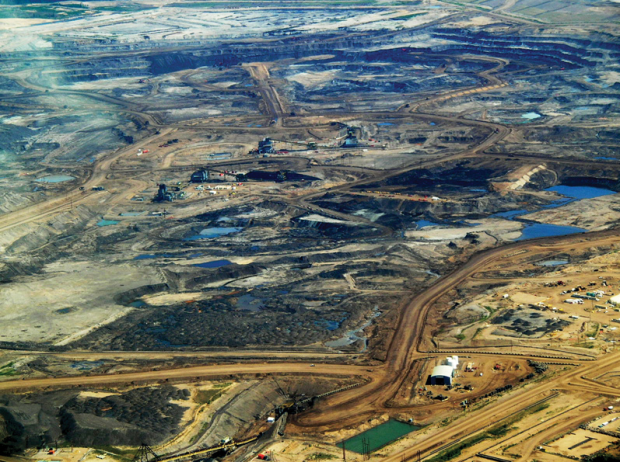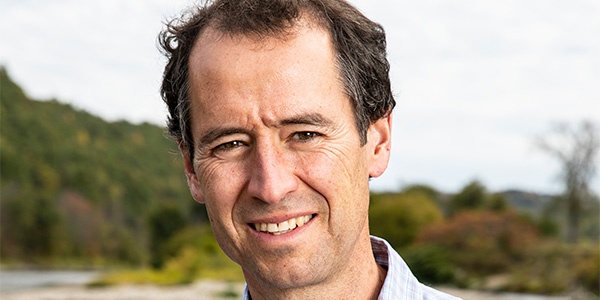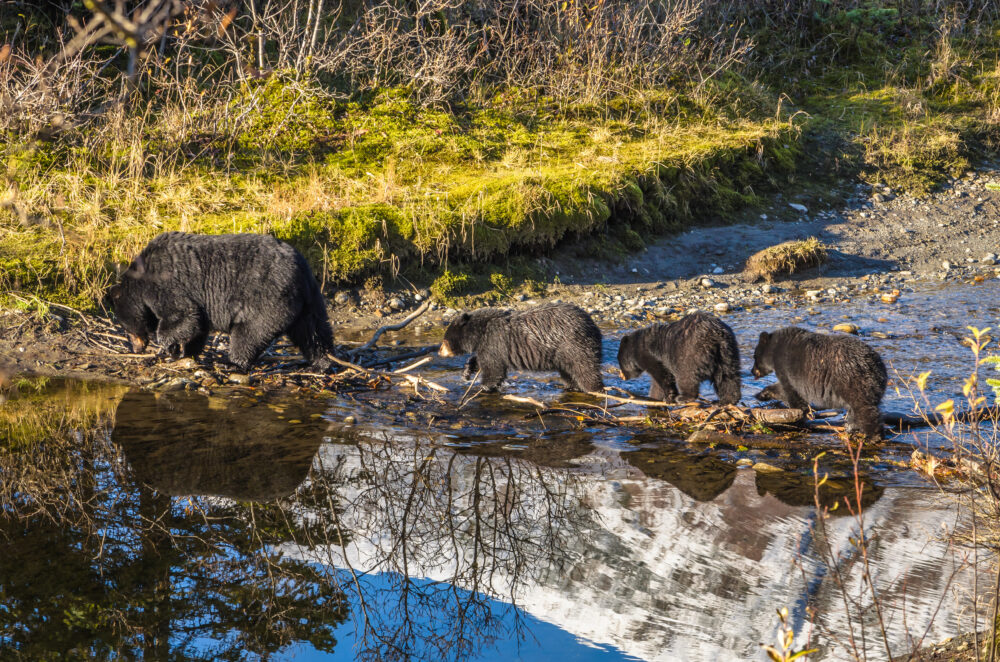We have much more to do and your continued support is needed now more than ever.
Scientists Call for Tar Sands Moratorium
In a pointed article in the prestigious journal Nature, eight scientists and economists call for a moratorium on new tar sands projects “unless developments are consistent with national and international commitments to reducing carbon pollution.” The scientists make clear that tar sands expansion is far from inevitable if the right policy approach is taken.
They conclude that if Keystone XL and other tar sands decisions are not made in the context of broader climate consequences from these energy development choices, it would demonstrate “flawed policies and failed leadership.”
They could not be more right.

Need for a Comprehensive Policy to Deciding Tar Sands Projects
The scientists correctly point out that incremental, project-by-project, isolated decision-making absent policies that “acknowledge the global consequences of expanding oil sands” “creates the misguided idea that oil-sands development is inevitable,” restrict[s] the range of choices,” and causes unnecessary harm to our climate and wildlife.
This call for a moratorium comes at an apt time. The controversial and ill-conceived Keystone XL pipeline is delayed indefinitely awaiting resolution of a route dispute in Nebraska concerning landowner say over whether the company can force the pipeline through their land.
Meanwhile, the State Department is considering whether or not approve another proposed major expansion of an existing pipeline carrying tar sands into the Great Lakes region, the Alberta Clipper pipeline. Thus far, there has been no indication that these two interconnected actions with major climate and wildlife impacts will be viewed collectively.
They need to be.
These decisions also arise at a time when President Obama has made tackling climate change a priority. He has already enacted tough fuel economy standards for cars and recently put forward proposed rules to cut carbon pollution from power plants. Almost a year ago to the day, he made it clear that a tar sands pipeline should not be approved if it will exacerbate the problem of climate change.
As the scientists in Nature explain, investments like Keystone XL and Alberta Clipper “create a ‘lock-in’ that commits society to decades of environmental degradation, increased risk of contamination and spills, and unsustainable carbon pollution.”
The scientists call for a moratorium on new projects and comprehensive policy ensuring tar sands decisions are made consistent with climate goals is a needed one. But already it is more than clear that building tar sands new pipelines or expanding or converting existing pipelines for tar sands transport fails the President’s climate test.
President Obama Can Keep Tar Sands in the Ground
Industry needs pipelines for tar sands expansion. With pipeline proposals attempting to access the coasts in Canada far off in the future or tied up in controversy and rail offering only limited transport opportunities, there are few viable avenues left for the industry to move land-locked tar sands to coveted international markets. In fact, current opposition to major pipelines has already resulted in the cancellation of two major tar sands mining and drilling proposals and caused Canada’s trade association for Big Oil to reduce its forecast for projected tar sands mining and drilling.
One need only look at the current proposals or likely proposals for expansion to see how much sway President Obama and Secretary Kerry have over whether we lock-in a future of tar sands pollution, or keep tar sands in the ground:
- TransCanada’s Keystone XL pipeline, with the permitting process now shelved, would add 830,000 barrels per day of capacity.
- Enbridge’s Alberta Clipper, which feeds into a pipeline system throughout the Great Lakes, expansion would add another 440,000 barrels per day.
- Likely reversal of the Portland-Montreal Pipe Line and its conversion to tar sands use would add up to 600,000 barrels per day of tar sands.
- Conversion of Enbridge’s Line 3 pipeline, which also crosses into the Midwest, to tar sands would add another 750,000 barrels per day of tar sands.

The facts are plain; the science has been spoken. President Obama must again stand up for future generations and wildlife by sending a signal to markets and the world that major carbon polluting infrastructure like Keystone XL and Alberta Clipper will no longer get a green light and a better future is at hand.





















